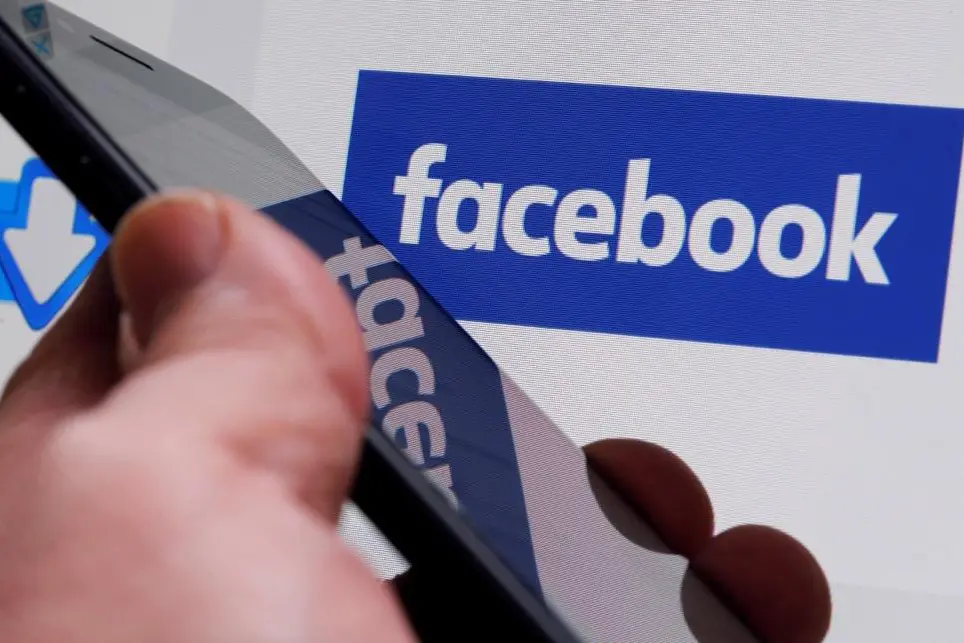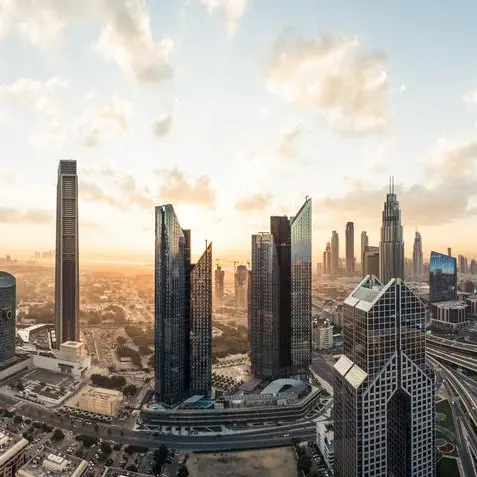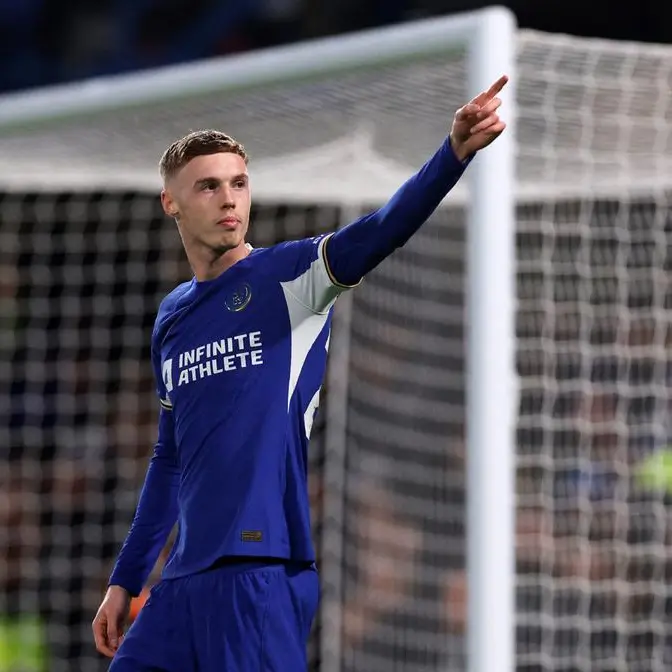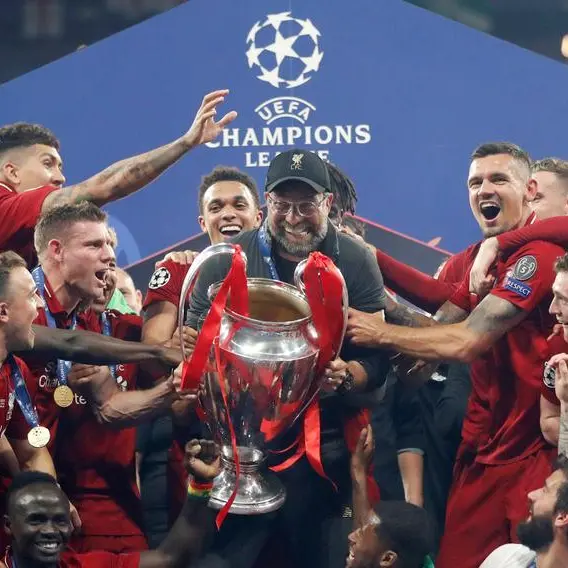PHOTO
For many of us, Facebook was originally just a way to keep in touch with family and our old friends from high school. Facebook’s News Feed came later, with credible media outlets followed by fake ones, their content posted in return for the referral traffic. Now Facebook says that it is going back to basics and putting friends and family at the core of the experience.
“The first changes you’ll see will be in News Feed, where you can expect to see more from your friends, family and groups. As we roll this out, you’ll see less public content like posts from businesses, brands and media,” Mark Zuckerberg said in one of his posts last month.
My Salaam sat with Fares Akkad, Head of Media Partnerships for Facebook and Instagram, Middle East, Africa and Turkey, to learn more about what are we likely to see in our Facebook News Feed going forward.
“It will start to take effect in the next couple of months,” he said. “It’s a process that started globally. It will be gradual because there is a lot of tweaking and learning we have to do as well. The idea is to tell them, ‘This is happening; we are in the process of learning and putting together case studies and best practices.’”
MS: How will the new move affect Facebook as a business?
Akkad: We are expecting a drop in the reach of our established publishers, because we are actively prioritizing friends and family. We expect that will reduce the overall time people are spending, but we feel that because they are engaging and relating better to the content, they will be better off.
MS: How will this affect content creation revolving around Facebook? Are you offering media partners a different channel?
We are encouraging publishers to think more about the way people want to consume content. We are creating a different model to encourage publishers to create content in the way people want to consume it.
Publishers who are timely, can speak the language and create quality journalism in a social manner will come up on top. We don’t identify or expel anyone. We just tweak the algorithm; then the algorithm does what the algorithm does.
We are not offering a different platform for publishing news, but we have tools like 360 and Live to help them better gauge their audience, and they can use it to create a more immersive and more social experience. But it is up to them how they use it and how they interact with it to maximize their reach.
MS: Facebook’s latest announcement says that users will see more posts from local sources. What does this mean?
Akkad: People consistently tell us they want to see more local news on Facebook. In fact, research suggests that reading local news is directly correlated with civic engagement. People who know what’s happening around them are more likely to get involved and help make a difference.
We’re testing an update that should connect people to more stories from news sources in their local town or city. We identify local publishers as those whose links are clicked on by readers in a tight geographic area. If a story is from a publisher in your area, and you either follow the publisher’s page or your friend shares a story from that outlet, it might show up higher in your News Feed.
MS: How will FB gauge a publisher as a ‘trusted’ news source?
Akkad: We survey a diverse and representative sample of people using Facebook across the U.S. to gauge their familiarity with and trust in various sources of news. We work to make sure the data is representative of the population and re-run the surveys every day. This data will help to inform ranking in News Feed.
MS: How will this affect publishers? What is FB trying to achieve through this entire exercise?
Akkad: Last year, we worked hard to reduce fake news and clickbait and to destroy the economic incentives for spammers to generate these articles in the first place. But there is more we can do. In 2018, we will prioritize news from publications that the community rates as trustworthy, news that people find informative, and news that is relevant to people’s local community.
This article first appeared on My Salaam. My Salaam covers fashion, food, travel, culture, entertainment and personalities that shape and affect the lives and lifestyles of young Muslims around the world.
For more lifestyle stories on young Muslims worldwide, visit My Salaam
“The first changes you’ll see will be in News Feed, where you can expect to see more from your friends, family and groups. As we roll this out, you’ll see less public content like posts from businesses, brands and media,” Mark Zuckerberg said in one of his posts last month.
My Salaam sat with Fares Akkad, Head of Media Partnerships for Facebook and Instagram, Middle East, Africa and Turkey, to learn more about what are we likely to see in our Facebook News Feed going forward.
“It will start to take effect in the next couple of months,” he said. “It’s a process that started globally. It will be gradual because there is a lot of tweaking and learning we have to do as well. The idea is to tell them, ‘This is happening; we are in the process of learning and putting together case studies and best practices.’”
MS: How will the new move affect Facebook as a business?
Akkad: We are expecting a drop in the reach of our established publishers, because we are actively prioritizing friends and family. We expect that will reduce the overall time people are spending, but we feel that because they are engaging and relating better to the content, they will be better off.
MS: How will this affect content creation revolving around Facebook? Are you offering media partners a different channel?
We are encouraging publishers to think more about the way people want to consume content. We are creating a different model to encourage publishers to create content in the way people want to consume it.
Publishers who are timely, can speak the language and create quality journalism in a social manner will come up on top. We don’t identify or expel anyone. We just tweak the algorithm; then the algorithm does what the algorithm does.
We are not offering a different platform for publishing news, but we have tools like 360 and Live to help them better gauge their audience, and they can use it to create a more immersive and more social experience. But it is up to them how they use it and how they interact with it to maximize their reach.
MS: Facebook’s latest announcement says that users will see more posts from local sources. What does this mean?
Akkad: People consistently tell us they want to see more local news on Facebook. In fact, research suggests that reading local news is directly correlated with civic engagement. People who know what’s happening around them are more likely to get involved and help make a difference.
We’re testing an update that should connect people to more stories from news sources in their local town or city. We identify local publishers as those whose links are clicked on by readers in a tight geographic area. If a story is from a publisher in your area, and you either follow the publisher’s page or your friend shares a story from that outlet, it might show up higher in your News Feed.
MS: How will FB gauge a publisher as a ‘trusted’ news source?
Akkad: We survey a diverse and representative sample of people using Facebook across the U.S. to gauge their familiarity with and trust in various sources of news. We work to make sure the data is representative of the population and re-run the surveys every day. This data will help to inform ranking in News Feed.
MS: How will this affect publishers? What is FB trying to achieve through this entire exercise?
Akkad: Last year, we worked hard to reduce fake news and clickbait and to destroy the economic incentives for spammers to generate these articles in the first place. But there is more we can do. In 2018, we will prioritize news from publications that the community rates as trustworthy, news that people find informative, and news that is relevant to people’s local community.
This article first appeared on My Salaam. My Salaam covers fashion, food, travel, culture, entertainment and personalities that shape and affect the lives and lifestyles of young Muslims around the world.
For more lifestyle stories on young Muslims worldwide, visit My Salaam












